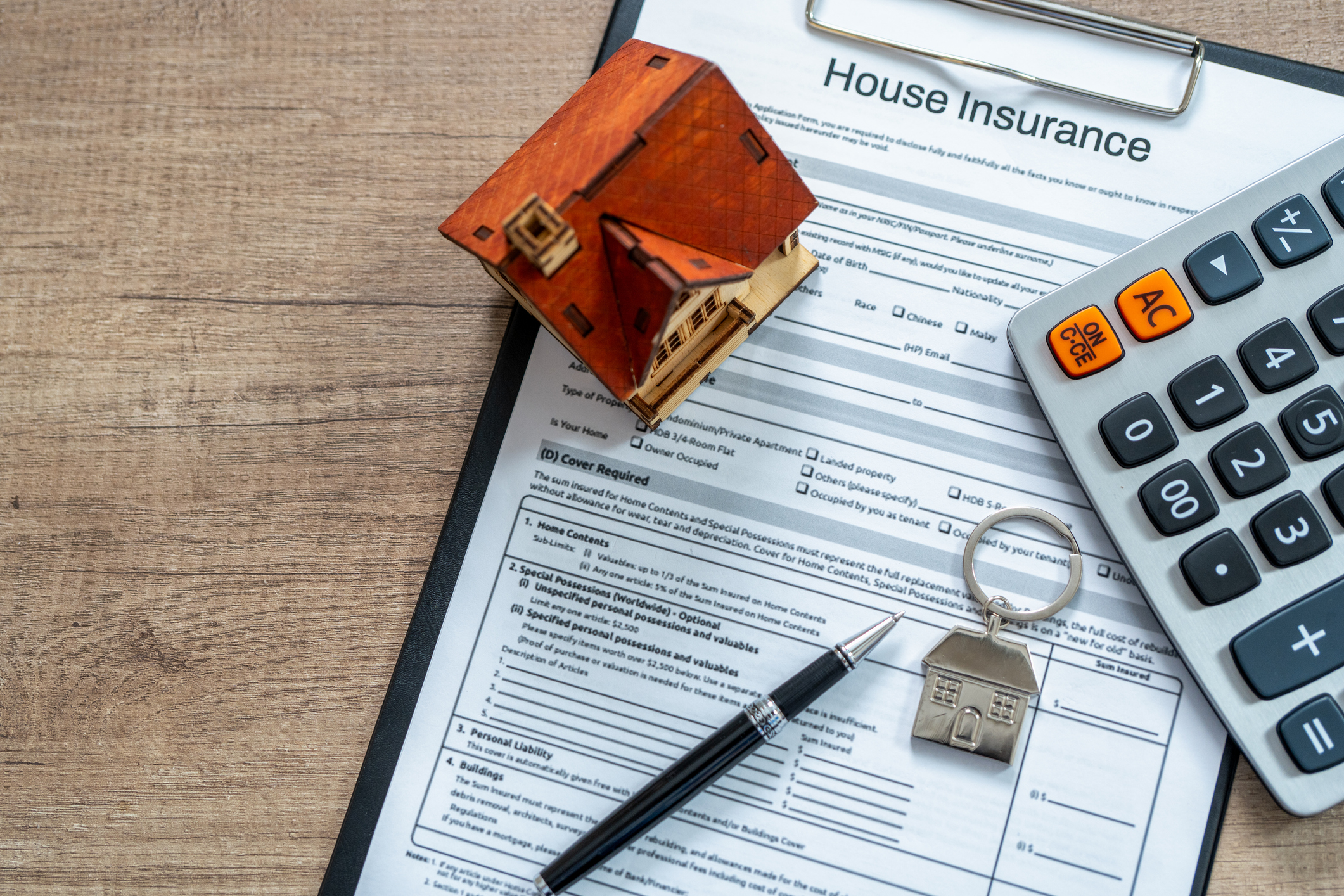10 ways to cut your capital gains tax bill
Higher capital gains tax rates now have to be factored into our annual financial planning – but these 10 steps could help you cut your bill


Ruth Emery
Capital gain tax (CGT) rates have been hiked as part of revenue raising measures by the Labour government, meaning you could now face a higher bill when you sell or give away assets.
The lower rate of CGT has been raised from 10% to 18%, and the higher rate from 20% to 24%, bringing the main rates in line with those charged on the sale of second homes.
We look at how capital gains tax works in another guide but, in this piece, we delve into further detail about how you can cut your bill.
Subscribe to MoneyWeek
Subscribe to MoneyWeek today and get your first six magazine issues absolutely FREE

Sign up to Money Morning
Don't miss the latest investment and personal finances news, market analysis, plus money-saving tips with our free twice-daily newsletter
Don't miss the latest investment and personal finances news, market analysis, plus money-saving tips with our free twice-daily newsletter
Simple steps like offsetting any losses, timing your gain carefully, or carrying out a ‘Bed & ISA’ transaction could save you thousands of pounds when you file your annual tax return.
1. Consider your tax position next year
Investors often have a choice as to when they take a capital gain, so it’s worth considering your overall tax position.
Not everyone’s income is consistent from year to year. You might be a freelance worker, for example, who decides to take on more work one year than another.
If you expect to earn less income next year and be in a lower tax band, deferring the sale of an asset could mean you pay a lower rate of CGT on the gain, explains Sarah Coles, head of personal finance at Hargreaves Lansdown.
“Conversely, it may be beneficial to take your profits in this tax year if you expect to pay more tax in the future,” she adds.
Of course, you also need to weigh up other factors like market timing. If you are looking to sell some shares after a good run because the outlook has suddenly turned sour, delaying the sale for tax reasons might not make sense if it comes with the risk of capital losses.
2. Use your annual allowance
Each year, you can take a certain amount in capital gains before any tax is due. This is known as your CGT allowance or your annual exempt amount. The annual allowance works on a ‘use it or lose it’ basis.
Unfortunately, the CGT allowance has been slashed in recent years from £12,300 to £6,000 in April 2023, and again to £3,000 in April 2024. For the 2025/26 tax year the allowance is £3,000.
If you are building up a large gain, it could make sense to realise it gradually over a period of years. By taking £3,000 in profits each year, you could avoid paying any tax at all. You can reinvest the money once you have sold your investment, effectively re-setting your gains to zero.
3. Offset any losses
You may have losses on some investments and gains on others in any given year. You can use this to your advantage by offsetting the two.
For example, if you have £10,000 in gains and £3,000 in losses, you only need to pay tax on £7,000 of gains. If you haven’t yet used your annual exempt amount (£3,000), you can bring this into the equation too, taking your taxable gain down to £4,000.
“It is worth considering strategically timing the sale of assets to maximise the use of losses against gains in the most tax-efficient manner,” says Myron Jobson, senior personal finance analyst at Interactive Investor.
4. Deduct any unused losses from previous tax years
If you don’t use your losses this year, you can carry them forward for use in future tax years.
“Just make sure you register the losses with HMRC within four years after the end of the tax year in which you made the sale in question,” warns Charlene Young, pensions and savings expert at AJ Bell.
You register a loss by including it on your tax return.
5. Use a stocks and shares ISA
You can avoid CGT entirely by holding your investments in an individual savings account (ISA). You can pay up to £20,000 into your ISA (or ISAs) each tax year in total. Any capital gains you make on assets held in an ISA account are tax-free, no matter the size of the gain.
No income tax is due on investments held in an ISA either, so you can use it to keep your dividends safe from the taxman too.
6. Carry out a ‘Bed & ISA’ transaction
A ‘Bed & ISA’ transaction involves selling your existing assets and rebuying them within an ISA. If you do this gradually only realising gains of £3,000 per year (equivalent to your annual CGT allowance), you won’t have to pay any CGT in the process.
Once your assets are held within the ISA, you can wave goodbye to income and capital gains tax completely as far as the investments in question are concerned.
Investment platforms often offer this service where they take care of the selling and buying for you, usually for one fee.
7. Pay into a pension
Putting money into your pension is one of the most tax-efficient ways to save for the future. Any income or gains earned within a pension wrapper are tax-free.
Furthermore, savers receive pension tax relief on any contributions, paid at their marginal rate. This is 20% for basic-rate taxpayers, 40% for higher-rate taxpayers and 45% for additional-rate taxpayers. The 20% is applied automatically, but you may need to claim the rest via your tax return if you are a higher or additional-rate taxpayer.
“The triad of investment growth, pension tax relief and the magic of compounding can significantly grow your retirement nest egg over the long term,” Jobson explains.
Pensions used to be a tax-efficient way of passing on wealth after death too, as private pension pots fell outside of the inheritance tax net. Unfortunately, this is changing from April 2027 after an announcement made in the 2024 Autumn Budget.
8. Don’t forget Sharesave schemes
Workplace share schemes can be incredibly valuable, but they may come with a capital gains tax sting. Fortunately, there’s an ISA rule that helps you save CGT on shares from a Sharesave scheme or Share Incentive Plan (SIP).
“As long as you transfer the shares into an ISA within 90 days of the scheme maturing, and they are valued at less than your annual ISA allowance of £20,000, there won’t be any CGT to pay on these shares,” Coles explains.
9. Plan as a couple
If you’re married or in a civil partnership, you can transfer the ownership of some assets to your spouse. There’s no CGT to pay on the transfer.
“This means that if your spouse hasn’t used up their tax-free allowance this year and has some ISA allowance remaining you can make use of those tax breaks,” Young explains. “You just need to make sure you keep a note of the original cost of the asset, as that’s what will be used when your partner comes to sell it.”
This can result in even greater savings if your spouse is a basic-rate taxpayer and you are a higher or additional-rate taxpayer, as tax will be charged at a lower rate.
10. Consider CGT-free investments
Finally, you could consider adding some CGT-free investments to your portfolio. They include gilts and things like venture capital trusts (VCTs).
Gilts are UK government bonds, issued by the HM Treasury to finance public spending. When you purchase gilts, you are essentially lending money to the government in return for regular interest payments (the coupon) and the repayment of the principal at maturity. Gilts are a relatively low-risk investment due to the UK government's strong credit standing.
VCTs, however, are risky, so should only be considered as a small part of a large and diverse portfolio – but they are tax-efficient. In addition to the CGT and dividend tax saving, you can get up to 30% income tax relief on the amount you invest.
Get the latest financial news, insights and expert analysis from our award-winning MoneyWeek team, to help you understand what really matters when it comes to your finances.

Katie has a background in investment writing and is interested in everything to do with personal finance, politics, and investing. She enjoys translating complex topics into easy-to-understand stories to help people make the most of their money.
Katie believes investing shouldn’t be complicated, and that demystifying it can help normal people improve their lives.
Before joining the MoneyWeek team, Katie worked as an investment writer at Invesco, a global asset management firm. She joined the company as a graduate in 2019. While there, she wrote about the global economy, bond markets, alternative investments and UK equities.
Katie loves writing and studied English at the University of Cambridge. Outside of work, she enjoys going to the theatre, reading novels, travelling and trying new restaurants with friends.
- Ruth EmeryContributing editor
-
 Most common ways that home insurance doesn't pay out: how to protect yourself
Most common ways that home insurance doesn't pay out: how to protect yourselfIn a time of crisis, you want to be certain that your insurance policy will pay out. But there are five common ways that home insurance can be invalidated. We look at each, and examine how to ensure sure you’re protected.
-
 How Labubus took the world by storm
How Labubus took the world by stormThe “blind-box” business model for Labubu, a grinning little monster, is as popular as ever